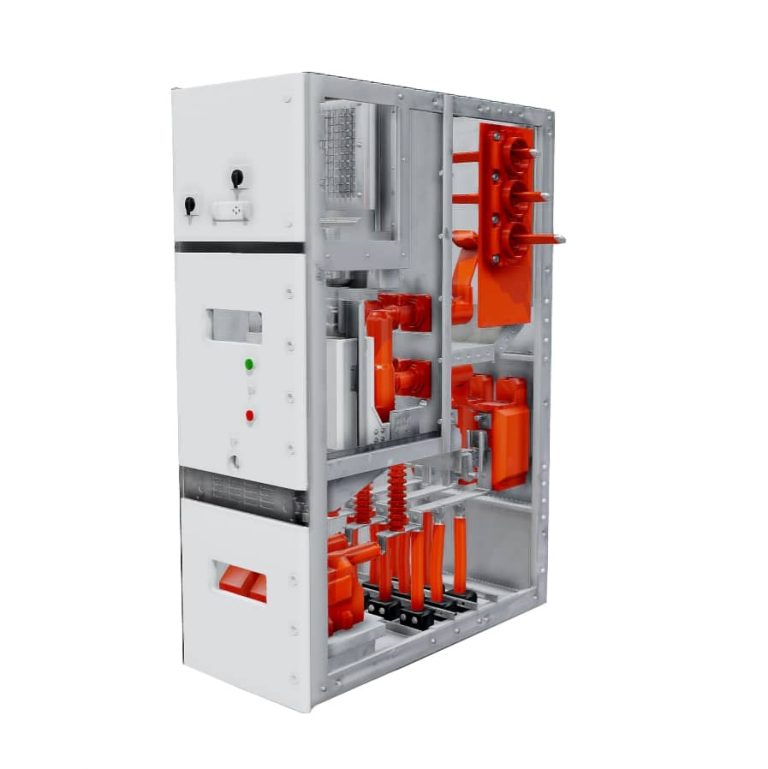
Architectural model making is a vital aspect of the architectural design process, serving as a bridge between conceptual ideas and tangible reality. In Berlin, the rich architectural landscape is complemented by skilled architectural model maker Berlin who specialize in creating models that not only represent buildings but also convey deep insights into design intent and functionality. This article will explore the intricacies of architectural model making, from understanding its importance to the benefits of hiring professionals in Berlin, and the innovations shaping the future of this craft.
Understanding Architectural Model Making
Importance of Architectural Models
Architectural models play a critical role in the planning and presentation phases of architectural projects. They provide a tangible representation of a design, enabling architects, clients, and stakeholders to visualize the final product. Models help to communicate complex spatial relationships and can simplify the understanding of intricate architectural elements.
Moreover, these models can serve multiple purposes. They are beneficial not only for internal use by design teams but also for external presentations to clients, regulatory bodies, and the public. By visualizing how a project will integrate into its environment, models help in identifying potential problems early in the design process, which can save time and resources in later stages.
Types of Architectural Models
Architectural models can be categorized based on their purpose, scale, and complexity:
- Conceptual Models: These are often simple and used primarily to convey ideas. They are usually not highly detailed and may focus on the massing and site context.
- Presentation Models: These are more refined and detailed, designed for client presentations or exhibitions. They often include landscaping, context features, and high-quality materials.
- Working Models: These are functional and often used during the construction process to test specific aspects of a design. They help resolve building challenges before actual construction begins.
- Scale Models: These represent a project at a reduced scale, enabling a clear view of the proportions and design elements.
Common Materials Used in Model Making
The choice of materials is essential for achieving the desired accuracy and aesthetic in architectural model making. Some common materials include:
- Balsa Wood: Lightweight and easy to cut, balsa wood is ideal for creating detailed models.
- Acrylic: Used for its clarity and versatility, acrylic can simulate glass in models.
- Foam Board: This material is cost-effective and easy to work with, making it great for rapid prototyping.
- Cardboard: An accessible material for basic models, cardboard allows for quick iterations.
- 3D Printed Plastics: As technology advances, 3D printing has emerged as an innovative method for creating complex designs with precision.
The Process of Architectural Model Making
Initial Concept and Design
The model-making process begins with the initial concept phase. This typically involves discussions with the architect to understand the intent behind the design. Key elements to consider include the function of the space, the architectural style, and how the model will be used. Sketches and digital renderings may also be created to guide the model maker in translating ideas into a physical structure.
Construction Techniques and Tools
Once the design is finalized, the construction phase commences. Model makers utilize various tools and techniques:
- Cutting Tools: Including laser cutters and hobby blades for precision cutting of materials.
- Assembly Techniques: Using adhesives, screws, or interlocking parts, model makers ensure durability.
- Painting and Finishing: Techniques like airbrushing or hand painting are employed to add realistic texture and color.
Additionally, modern model makers may incorporate digital fabrication methods, such as CNC milling or 3D printing, which allow for intricate designs and faster production rates.
Finishing Touches and Presentation
The final stages involve meticulous attention to detail to enhance the model’s presentation. This includes landscaping elements, lighting, and any signage. The goal is to create a model that is not only visually appealing but also accurately represents the architect’s vision. A well-finished model can serve as a powerful storytelling tool, effectively conveying the essence of the design.
Benefits of Hiring a Professional Model Maker in Berlin
Expertise and Experience
Berlin hosts a multitude of talented model makers who have honed their skills and knowledge over years of practice. By hiring a professional, clients gain access to a wealth of expertise in various materials and techniques. Professionals can advise on the best approaches to model making based on specific project needs, ensuring the final product meets high standards.
Customization to Meet Client Needs
Every architectural project is unique, and professional model makers excel in delivering customized solutions. They work closely with clients to understand their requirements, whether it involves scale, detail, or specific materials. This level of customization results in models that genuinely reflect the unique aspects of each architectural vision.
Enhanced Visual Communication
Architectural models serve as powerful visual aids that communicate complex design ideas clearly. Professionals use their understanding of architecture and design to create models that facilitate discussions among stakeholders, ensuring everyone is aligned with the project’s vision. This can be particularly valuable during community meetings or regulatory presentations, where visual clarity can make a significant difference in gaining support.
Choosing the Right Architectural Model Maker in Berlin
Evaluating Portfolios and Past Work
When searching for a model maker, reviewing their portfolio is essential. A diverse portfolio that showcases a range of projects, techniques, and styles will provide insight into what a model maker can accomplish. Look for examples that resonate with your vision, and note the level of detail and craftsmanship in their models.
Understanding Costs and Budgets
Costs for architectural models can vary widely based on factors such as complexity, materials, and size. It is crucial to have a clear understanding of your budget before engaging a model maker. A good model maker will provide a transparent pricing structure and outline what is included in the cost, ensuring there are no surprises during the process.
Importance of Client Collaboration
Successful model making relies heavily on collaboration between the model maker and the client. Effective communication helps to align expectations and allows for adjustments during the modeling process. Clients should be open to providing feedback and engaging in discussions to refine the model, ultimately leading to a better final product.
Innovations in Architectural Model Making
Integration of 3D Printing Technology
The advent of 3D printing has revolutionized model making. This technology allows for rapid prototyping and the ability to create complex geometries that traditional techniques may find challenging. 3D printing also facilitates greater precision and details in smaller scale models, enhancing the accuracy of representations.
For instance, intricate architectural features that would traditionally require extensive manual labor can now be printed with remarkable accuracy, significantly reducing production time. Many model makers in Berlin have embraced this technology, providing clients with cutting-edge representation of their designs.
Sustainable Materials in Model Making
With growing concerns about the environment, many architects and model makers are turning towards sustainable materials. Eco-friendly alternatives such as recycled plastics, bamboo, and biodegradable composites are becoming popular choices. These materials not only help reduce waste but also convey a commitment to sustainability—a value embraced by many contemporary architecture firms.
The Future of Architectural Model Making
As technology continues to advance, the future of architectural model making looks promising. We can expect to see increased integration of virtual reality (VR) and augmented reality (AR) in the model-making process. These technologies will allow architects to create immersive experiences that can simulate the effect of their designs in the real world.
Moreover, advancements in software and digital modeling will streamline the transition from digital design to physical models. This will enable model makers to produce more accurate, detailed representations at a fraction of the time and cost, ultimately providing architects and clients with better tools to visualize and develop their projects.



